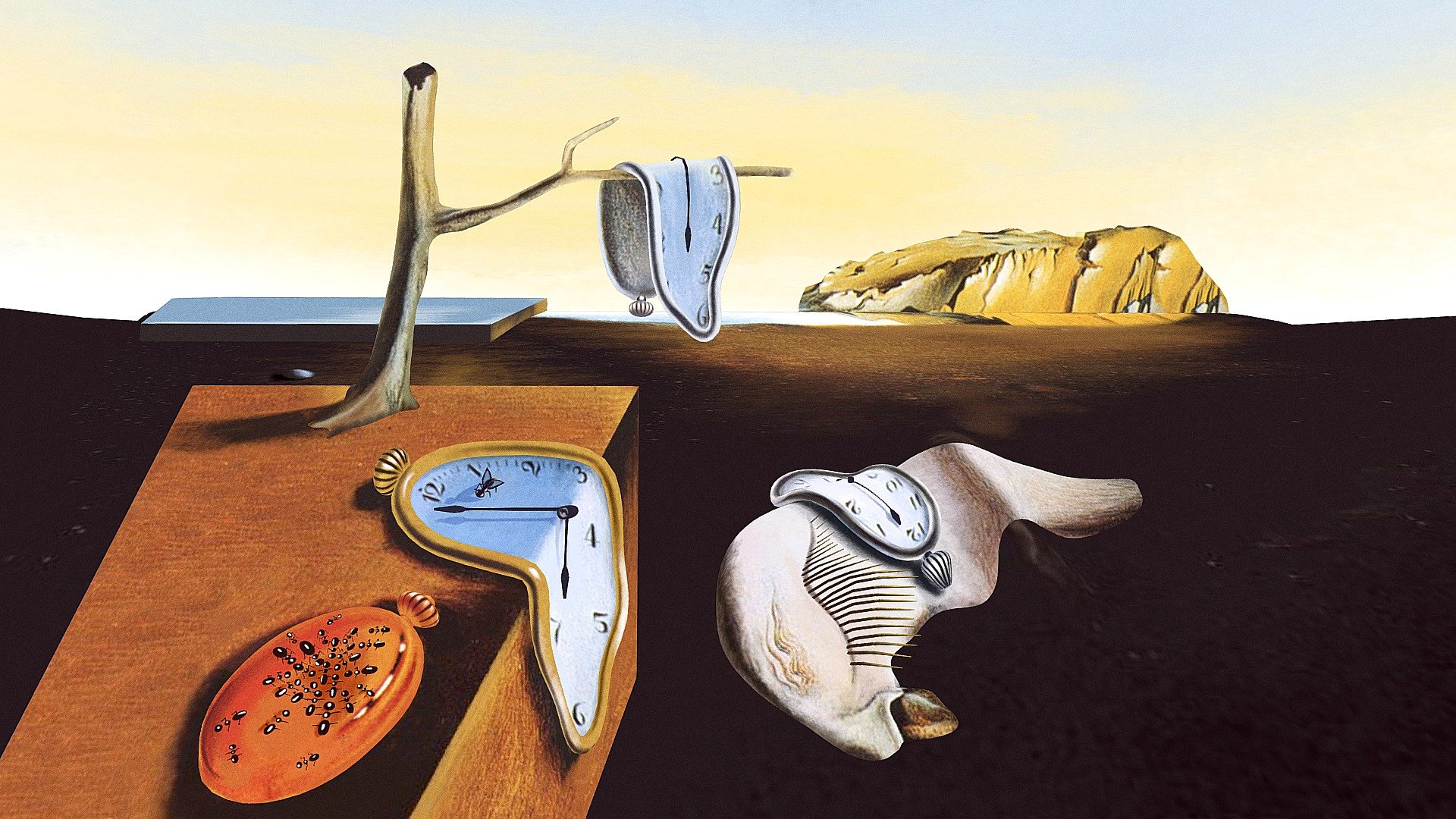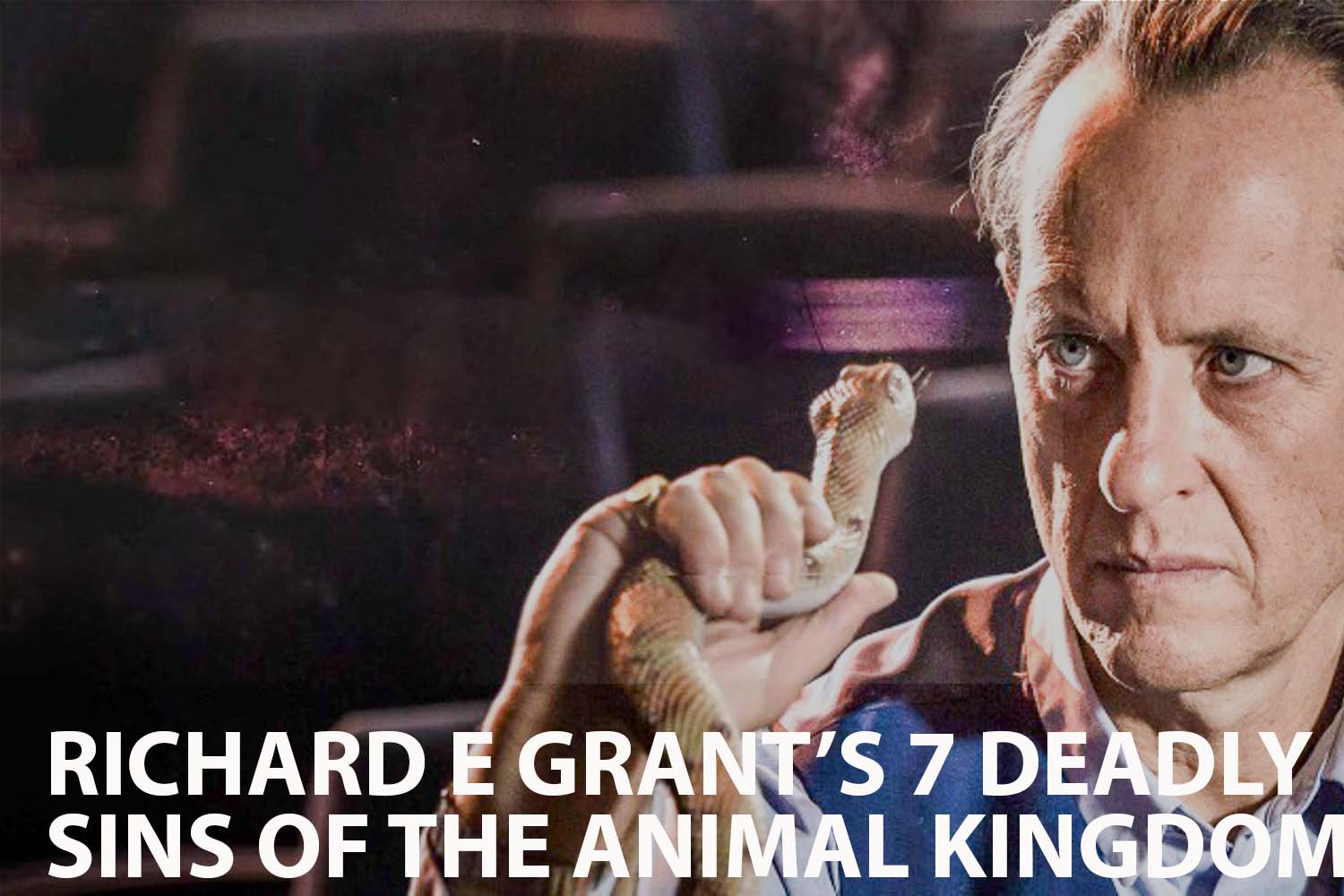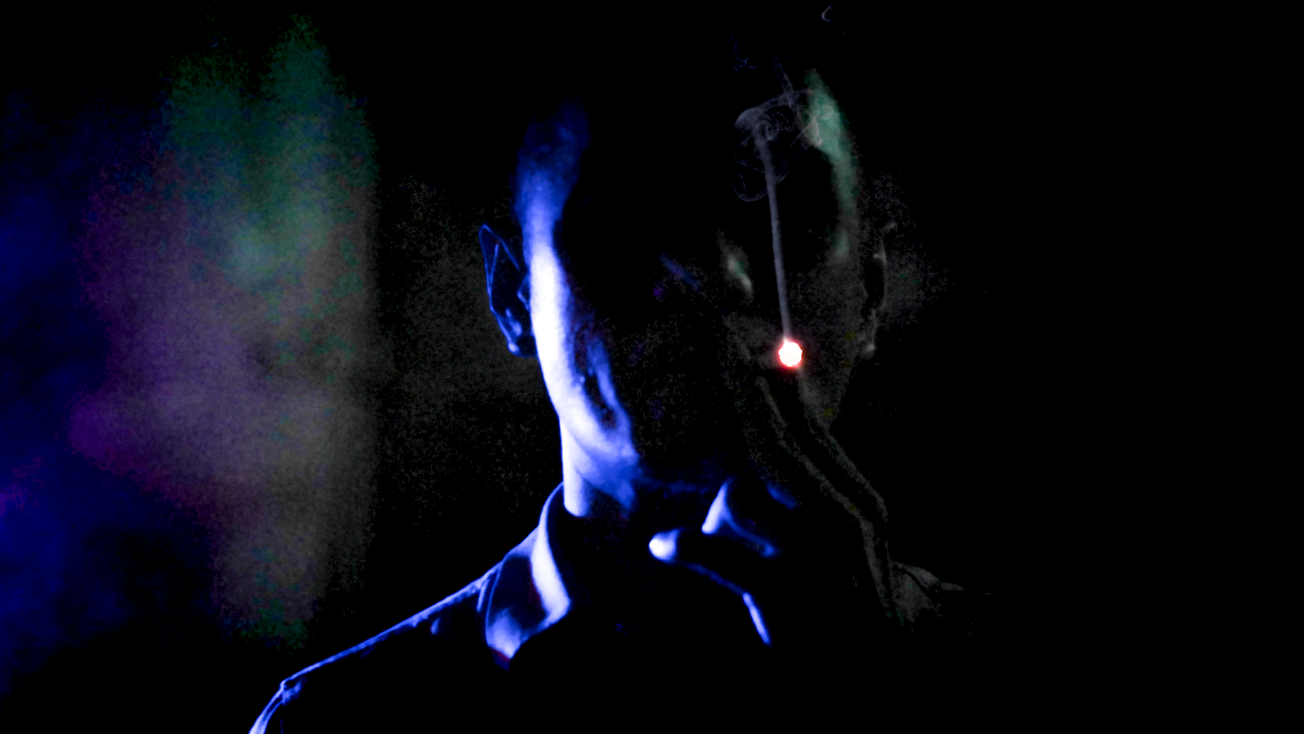Keywords: Richard E. Grant, Seven Deadly Sins, Animal Kingdom, Behavioural Patterns, Natural History. Three words: Enlightening, Engaging, Informative
Introduction
"Richard E. Grant's Seven Deadly Sins of the Animal Kingdom" is a unique documentary released in 2014. The award-winning British actor Richard E. Grant delves into the world of creatures that embody the seven deadly sins. The sins, namely greed, gluttony, wrath, lust, sloth, envy, and pride, are not sinful in the animal kingdom, but rather a matter of survival and species propagation.
Synopsis
In this intriguing documentary, Richard E. Grant takes us on a journey through the animal kingdom, introducing us to creatures that exemplify the seven deadly sins. From the insatiably greedy ants to the slothful sloths, from the wrathful hippos to the lustful bonobos, each sin is explored in depth through these animal behaviours. The documentary challenges the viewer's perception of these 'sins,' presenting them as natural survival mechanisms rather than moral failings.
Analysis
"Richard E. Grant's Seven Deadly Sins of the Animal Kingdom" uses a mix of captivating narration, stunning wildlife footage, and insightful commentary. The documentary is research-intensive, delving into the behavioural patterns of various animals and linking them to the seven deadly sins. The film's exploration of these sins as survival mechanisms in the animal kingdom is thought-provoking and insightful.
Historical and Factual Context
The concept of the seven deadly sins originated in Christian teachings and has permeated Western culture. However, this documentary reframes these sins in the context of the animal kingdom, where such behaviours are not morally judged but seen as strategies for survival.
Key themes in the film
- Survival and adaptation in the animal kingdom
- The seven deadly sins as behavioural patterns
- The intersection of morality and natural instincts
Film Comparisons
The documentary is reminiscent of BBC's "Planet Earth" series with its focus on animal behaviours. However, the unique approach of categorising these behaviours under the seven deadly sins sets it apart, providing a fresh perspective on natural history documentaries.
Noteworthy Moments
One significant revelation in the documentary is the demonstration of 'greed' as a survival tactic among ants. Another noteworthy moment is the exploration of 'lust' among bonobos, challenging societal norms and perceptions of morality.
Reviews
This documentary has been praised for its engaging narrative and insightful exploration of the animal kingdom. Critics have described it as "a thought-provoking journey that challenges our understanding of morality in the natural world."
Conclusion
"Richard E. Grant's Seven Deadly Sins of the Animal Kingdom" is an enlightening watch for anyone interested in animal behaviour, natural history, or moral philosophy. It provides a fresh perspective on the concept of the seven deadly sins, making it a must-watch.
More film information:
FILM SUMMARY
- Genre: Documentary
PERSONALITIES
- Richard E. Grant: The award-winning British actor and presenter of the documentary.
LOCATIONS
- Various natural habitats around the world.
Key Questions Raised by the Film:
- How do the seven deadly sins manifest in the animal kingdom?
- How does understanding these behaviours challenge our perception of the seven deadly sins?
Links for Further Exploration:
I wonder what the film would be in another art form



- If this film was a famous book, it would be “Animal Farm” by George Orwell because it also explores animal behaviour to shed light on human morality.
- If this film was a famous song, it would be "The Circle of Life" from The Lion King, as it encapsulates the survival instincts of animals.
- If this film was a famous piece of art, it would be Salvador Dali's "The Persistence of Memory," symbolising the timeless nature of survival instincts.
- If this film was a famous celebrity, it would be David Attenborough for his deep understanding and insightful narration of the animal kingdom.
- If this film was a color, it would be green, symbolising the natural world.
- If this film was a music style, it would be classical, for its depth and complexity.








